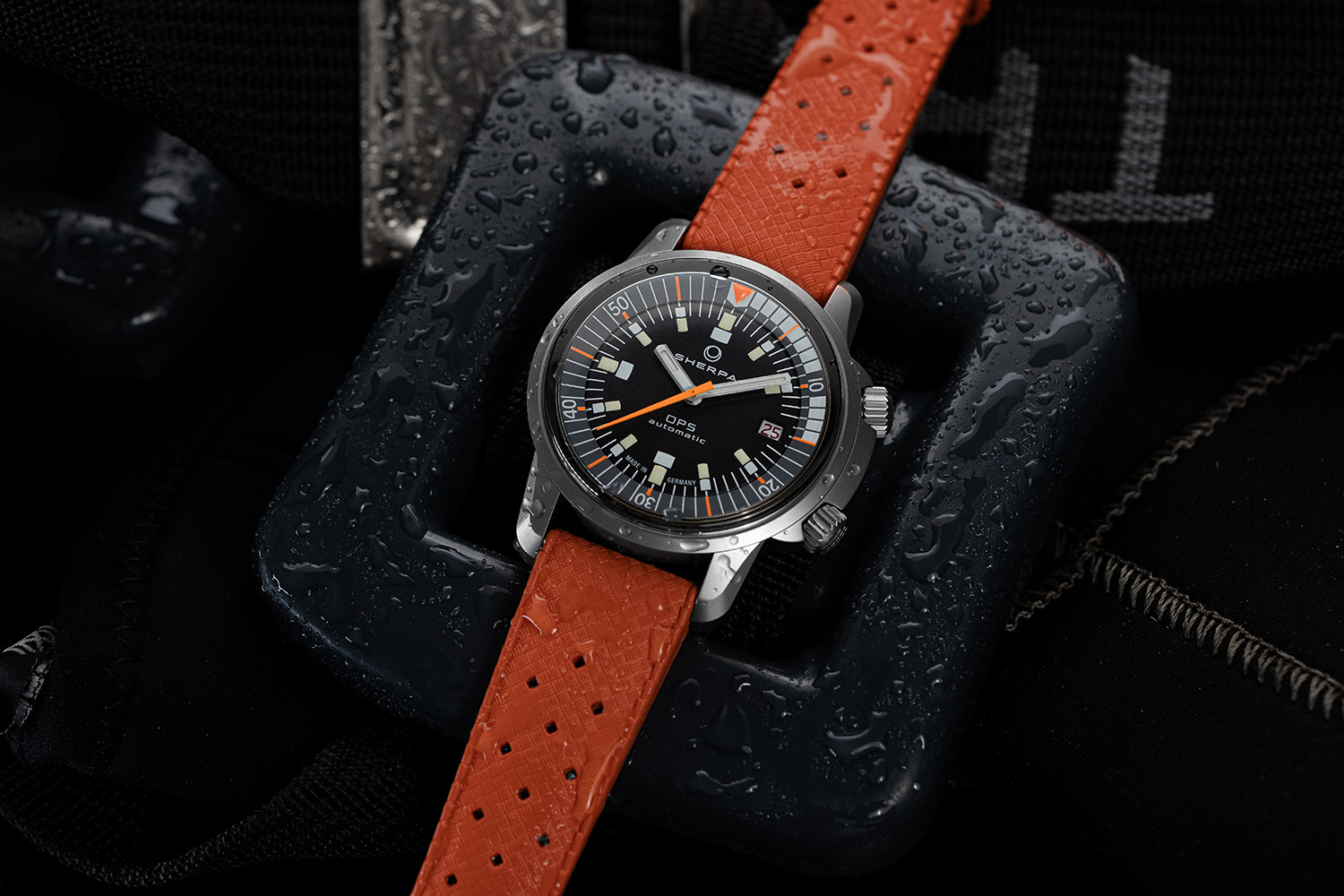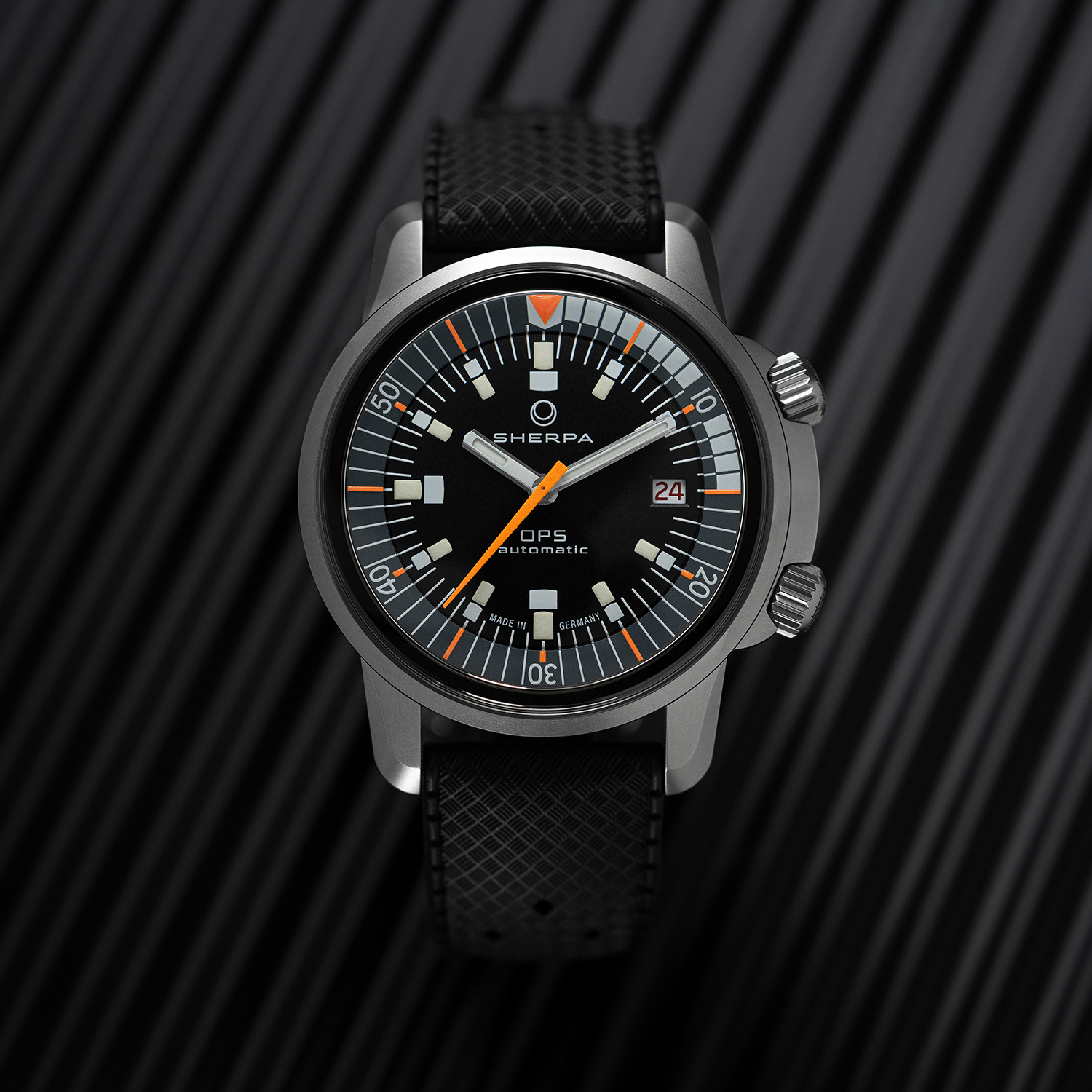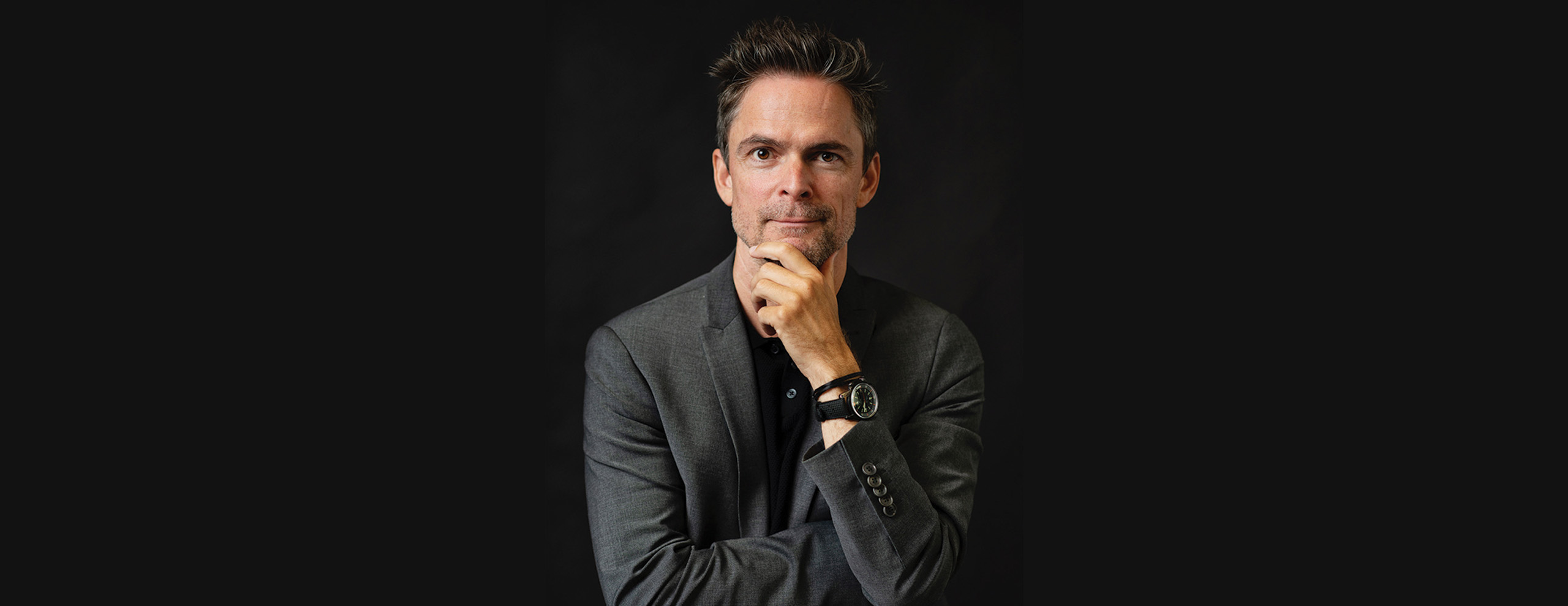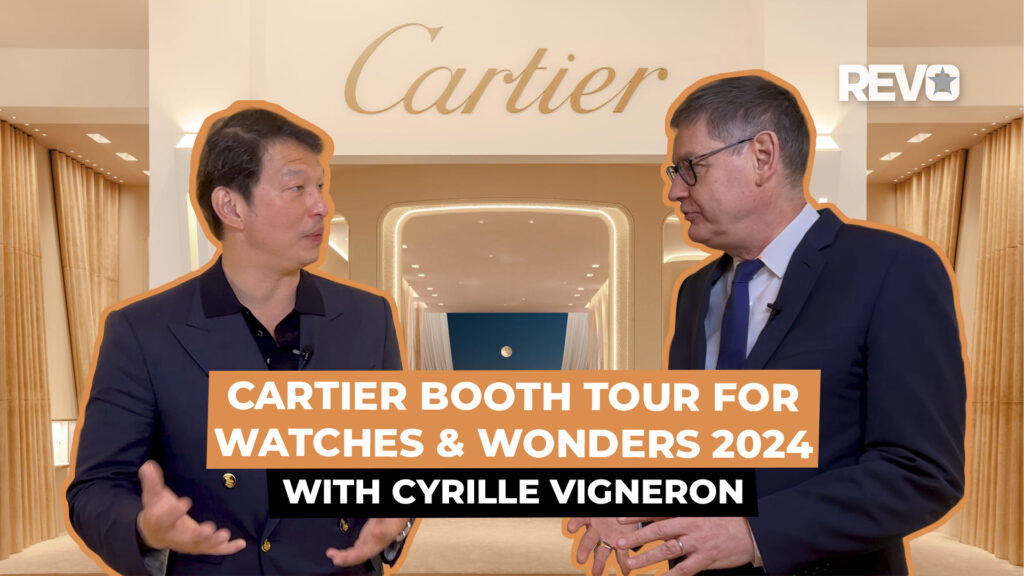The founder of Sherpa Watches slays it with compressor dive watches.
I met charismatic Martin Klocke in Geneva during Watches and Wonders at the AHCI exhibition. After our first Negroni he started to drop some cool Zen Buddhist philosophy on me and that lead to a discussion about his brand Sherpa watches. I was genuinely impressed with Martin’s knowledge on compressor dive watches, particularly with historical Enicar compressors. I sat down with Martin for a quick tete-a-tete.
1. When I first met you in Geneva, I was curious about the name. So, my first question is how did you arrive at the brand name – Sherpa?
Well, to explain this fully, we have to do a small excursion into history: in 1956, the original watchmaker Enicar SA in Lengnau sponsored a Swiss expedition to Mt Everest and Lhotse. During this expedition, they discovered that the Sherpas were doing the main job, and so they named their most robust watch “Sherpas” in honour of them. And then continued with a now legendary series of watches under this name. I wanted to bring back those watches, because some ten years ago I really grew fond of them, and when I started on the watch brand adventure, I found that “Sherpa” as a trademark for watches was available, and I registered it. This is how the name came to me. Basically the passion for the old Sherpa series of original Enicar SA from the 1950s and 1960s, and the origins going back to 1956.
In hindsight, this is a really good brand name for me, as it also allowed me to connect to the Tibetan-Buddhist tradition of the Sherpas. I am a Tibetan Buddhist myself, and this opened up the possibility to develop the “mantramatic” movement featuring the first spiritual complication in a watch.
2. Unlike most watch companies, you are transparent about the list of your suppliers and all of them are based in Europe. Does Made in Europe matter anymore?
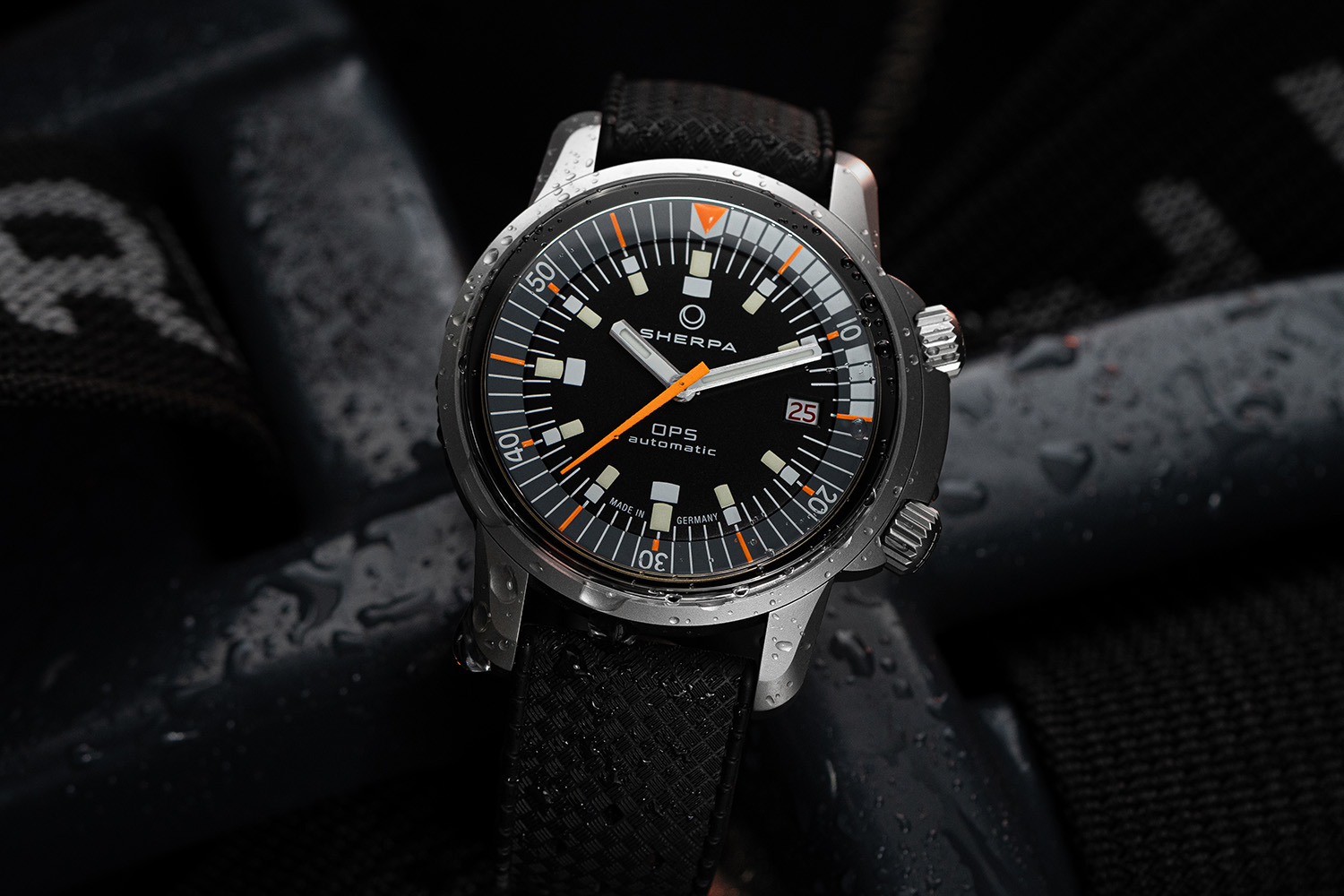
This is a good question and the answer will depend on whom you ask. For me, this was clear: I for my part wanted to bring the watches back with German and Swiss parts only. For me it
does matter. Only in Europe I can be sure that working conditions and environmental concerns are satisfied. And also we have to keep business in Europe, otherwise we will only inherit lists of suppliers in Asia to our children… Being an outsider to the watch industry when I started, and being completely naïve, I did not fully understand the implications of this decision – price wise – but in the end I kept my decision and I am happy to have done so, even though it resulted in a higher price point than what I assumed at the beginning.
The original watches in the 1950s and 1960s were 100% Swiss made, and I wanted to keep this heritage in Europe to honour the originals. Of course not everyone can appreciate this attitude, I understand this, but many customers do.
3. The design language of your watches is evocative of 60’s and 70’s compressor dive watches. Can you describe the inspiration behind the design of your watches?
As mentioned above, the Ultradive and the OPS are both members of the Sherpa series of original Enicar SA from the 1960s. Even though this era is clearly visible, these designs had something timeless to them and I always knew that they would have a place in the current market. We refined the design on many levels, and increased the quality in every aspect. This includes a complex sapphire box glass with black metallization on the rim to reduce reflections, applied diamond polished indices on the domed dial, faceted diamond polished hands, Sherpa Orange Super-LumiNova and many more.
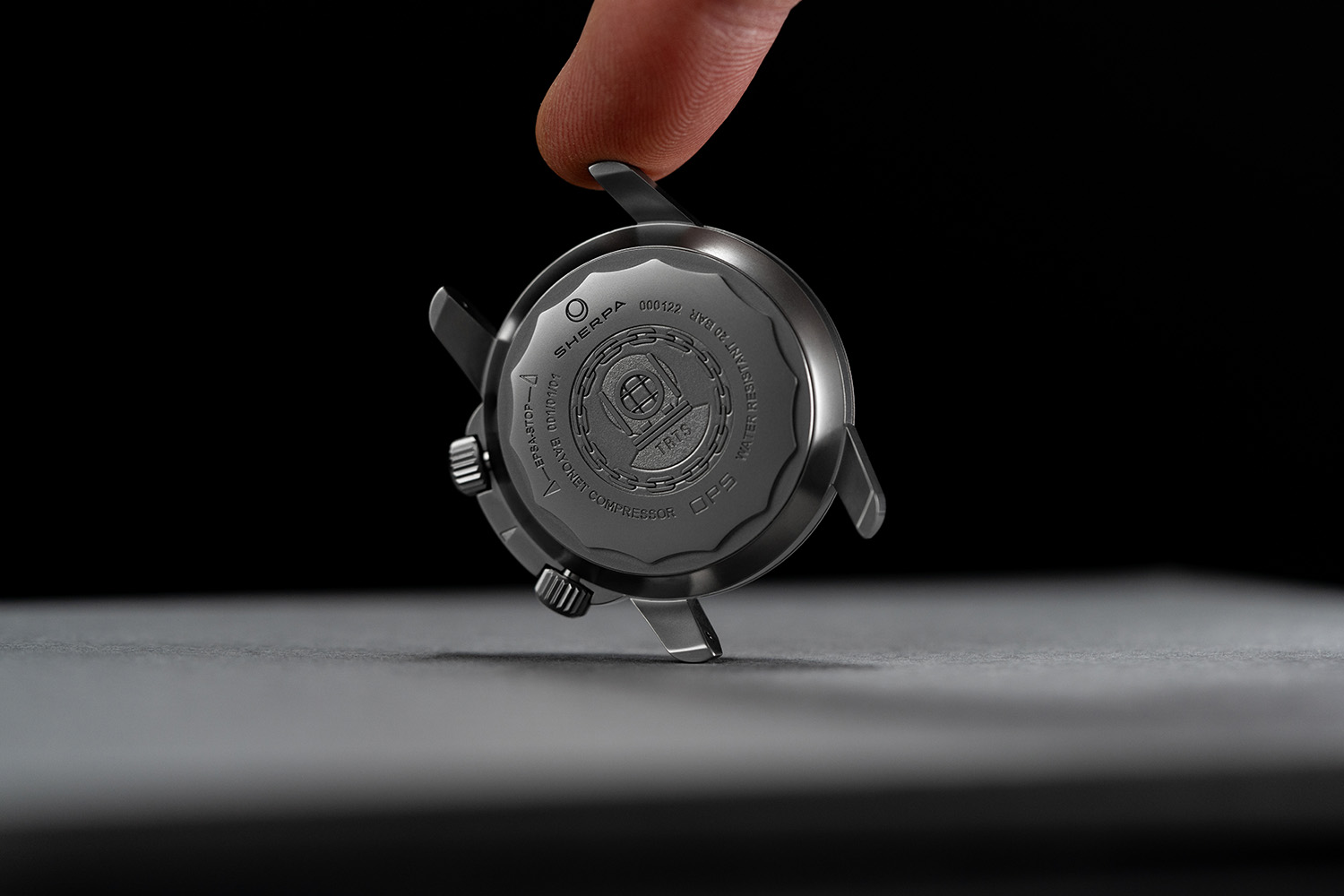
The other inspiration was the company Ervin Piquerez from Bassecourt, Switzerland (also called EPSA). EPSA was a hugely innovative case maker company, pioneering and patenting the “Compressor” design in several versions. They had over 200 patents and supplied to many companies, mostly with their double crown cases. I take up their heritage and design by reinventing the compressor bayonet and the compressor crowns in my new models. This makes them the only complete compressor watches on the market, and thus not only are my watches evocative of “compressor dive watches”, they ARE compressor watches. This was the minimum I could do to appreciate the heritage. And we pay tribute to that heritage by having. The “EPSA-Stop” name engraved next to the original EPSA dive helmet logo on the case back. So, the inspiration comes from two Swiss companies which unfortunately closed their doors in the 1980s, but offering a legacy worth taking up again.
4. Finally, can you give us a preview of what is in works?
Of course, looking at the amazing legacy of the Sherpa series of the past, one can see how many wonderful models could be on the horizon. And I love them all! This goes from GMT watches to Chronographs to further dive watches.
The next step will be a metal bracelet. And then we will do some variations of the Ultradive dials and maybe also variations of the OPS, opening up the models to a wider audience by giving more options
And after that of course we are planning new models. I expect them to come out in 2024.
